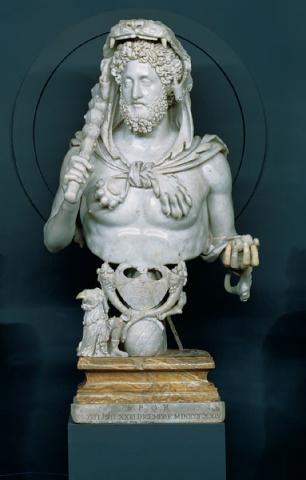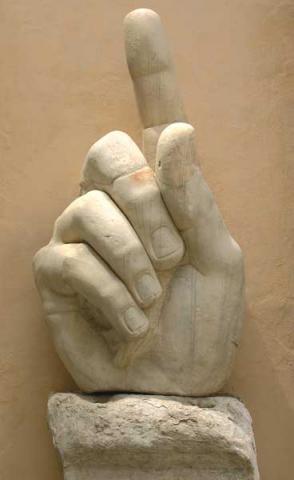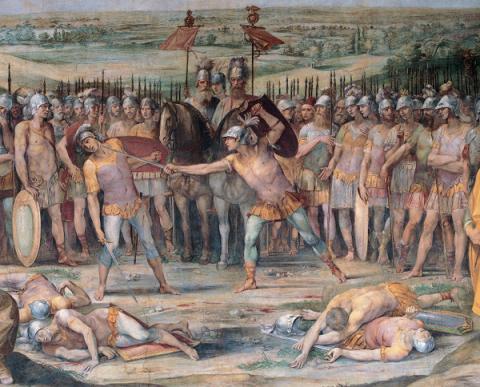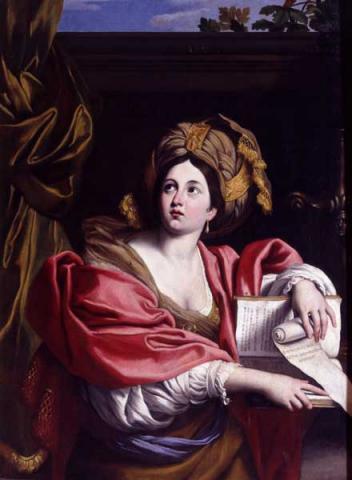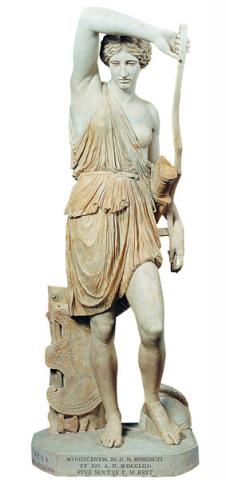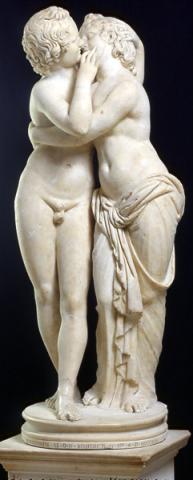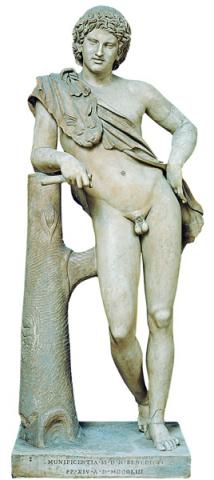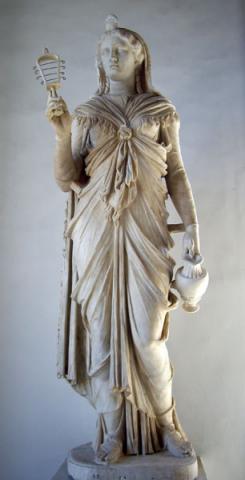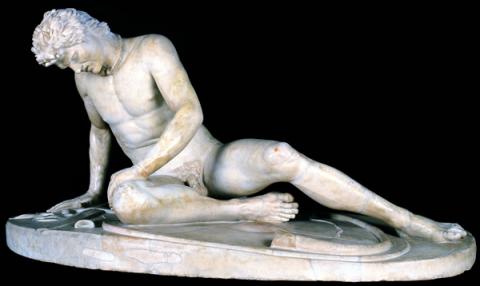Hall of the Galatian
The centre of the room features the so-called "Dying Galatian", one of the best-known and most important works in the museum.
It is a replica of one of the sculptures in the ex-voto group dedicated to Pergamon by Attalus I to commemorate the victories over the Galatians in the III and II centuries BC.
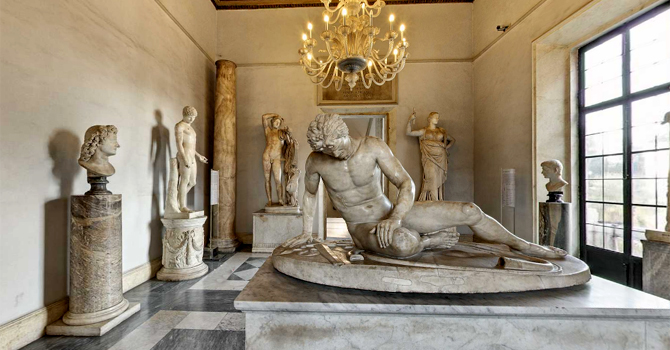
The room takes its name from the famous statue of the Dying Galata that occupies the center, scenographically arranged with the back turned towards those who climb the staircase. The statue, found in 1622 in the area of the ancient Horti di Cesare, then of Sallustio, represents an excellent replica of one of the sculptures that made up the monument that Attalus I (241-197 BC), king of Pergamum, had dedicated to Athena Poliade on the occasion of his victories over the Galatians. The naked warrior fell on the shield, his beautiful painful head bent in a last moment of resistance against death. Its belonging to the Celtic populations is underlined by the presence of the torques at the neck and the characteristic treatment of the mustache and hair.
Some of the most significant masterpieces of ancient sculpture are collected in the room:
- the splendid figure of a wounded Amazon, attributed to Phidias (5th century BC) and created on the occasion of an artistic competition among the most famous sculptors of the time for the sanctuary of Artemis in Ephesus;
- the Satyr at rest, a Roman copy of a well-known original by Praxiteles, from the 4th century BC, coming from Villa d'Este in Tivoli and donated by Benedict XIV;
- the statue of Juno from the Cesi collection, an original Hellenistic work of the third century BC, which shows the solid structure of the body wrapped in a heavy drapery;
- the statue of a Cynic philosopher, also recognizable as an original work of the third century BC. Belonging to the parchment school.
Against the window, in a prime location, is the delightful and very famous group of Cupid and Psyche, a genre piece coming from an original of the 2nd century BC.


























